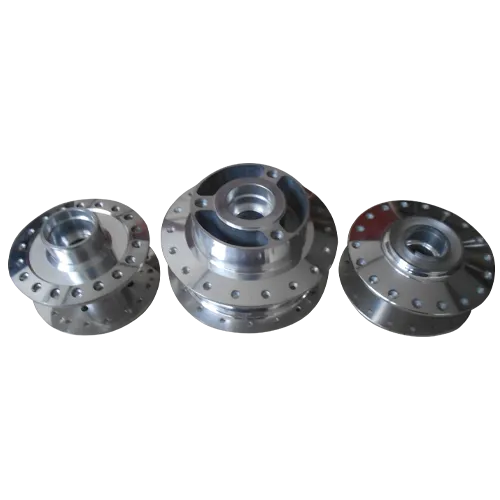Mobile:+86-311-808-126-83
Email:info@ydcastings.com
French
aluminum casting cost
Understanding the Costs of Aluminum Casting
Aluminum casting is a widely used manufacturing process that involves pouring molten aluminum into molds to create various parts and components. This technique is favored for its versatility, lightweight nature, and excellent corrosion resistance. However, like any manufacturing process, aluminum casting comes with its own set of costs that can vary significantly based on several factors.
One of the primary components contributing to aluminum casting costs is the raw material. Aluminum itself is a relatively lightweight metal, but fluctuations in market prices due to supply and demand can significantly impact costs. Typically, prices for aluminum can vary based on geopolitical factors, changes in production levels, and the costs associated with mining and refining. Manufacturers often need to track these price trends to anticipate and manage their expense forecasts.
Mold costs also play a crucial role in the overall expense of aluminum casting. The complexity and size of the mold directly influence the cost. For instance, a simple mold may be relatively inexpensive, while intricate designs requiring removable cores or advanced cooling features can be much pricier. Additionally, the material used for molds, which can be metal, sand, or ceramic, further affects costs. Sand molds, being less expensive, are commonly used for short runs, whereas metal molds are required for higher quantities.
aluminum casting cost

Labor costs are another significant factor. Skilled workers are needed to operate casting machines, manage pouring processes, and perform quality control checks. The level of automation in a facility can reduce labor costs, but initial investments in automated systems can be significant. Therefore, companies must balance upfront capital expenditure with potential savings in labor.
Moreover, the complexity of the cast parts cannot be overlooked. Custom designs or components with strict tolerances will often necessitate more intricate processing and quality assurance measures, leading to an increase in overall production costs. When calculating aluminum casting costs, it is essential to factor in the entirety of the production cycle, including any finishing processes such as machining or surface treatments, which can add to the final expense.
In conclusion, understanding aluminum casting costs requires a comprehensive view of raw materials, mold and labor expenses, and the intricacies of design. Manufacturers must strategically navigate these components to optimize production efficiency while remaining competitive in an ever-evolving market. Balancing these factors will ultimately determine the profitability and sustainability of aluminum casting operations.











